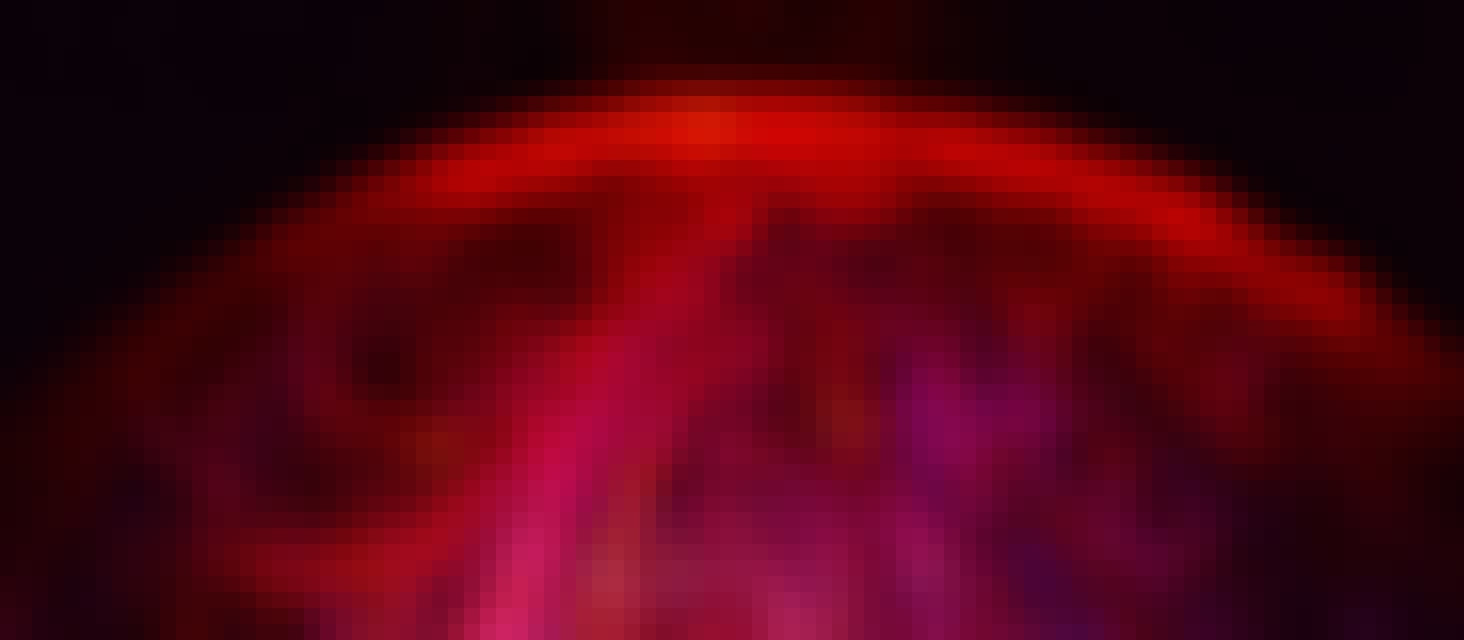Bio
John Grim is a Senior Lecturer and Research Scholar at Yale University, where he has appointments in the School of the Environment as well as the Divinity School and the Department of Religious Studies. He teaches in the joint MA program in religion and ecology and is co-founder and co-director the Yale Forum on Religion and Ecology with his wife, Mary Evelyn Tucker. With Tucker, Grim directed a 10 conference series and book project at Harvard on “World Religions and Ecology.” Grim teaches courses in Native American and Indigenous religions and World religions and ecology. He has undertaken field work with the Crow/Apsaalooke people of Montana and Salish people of Washington state. He is the author of "The Shaman: Patterns of Religious Healing Among the Ojibway Indians" (University of Oklahoma Press, 1983). Grim edited "Indigenous Traditions and Ecology: The Interbeing of Cosmology and Community" (Harvard, 2001). Grim and Tucker are the co-authors of an overview of the field titled "Ecology and Religion" (Island Press, 2014). Together they have co-edited the following volumes: "Worldviews and Ecology" (Orbis, 1994); the Daedalus volume titled "Religion and Ecology: Can the Climate Change?" (2001); "Thomas Berry: Selected Writings on the Earth Community" (Orbis, 2014); and "Living Cosmology: Christian Responses to Journey of the Universe" (Orbis Books, 2016). Grim, Tucker, and Willis Jenkins co-edited the "Routledge Handbook on Religion and Ecology" (Routledge, 2017). Grim and Tucker recently published "Thomas Berry: A Biography" (Columbia University Press, 2019). John Grim is co-executive producer of the Emmy award winning film, "Journey of the Universe" This film is the center piece of massive open online courses (MOOCs) offered by Yale/Coursera. Grim and Tucker have spoken and written extensively about the Papal Encyclical on the environment titled Laudato Si’. See especially their article “Integrating Ecology and Justice: The Papal Encyclical” in The Quarterly Review of Biology in September 2016.











